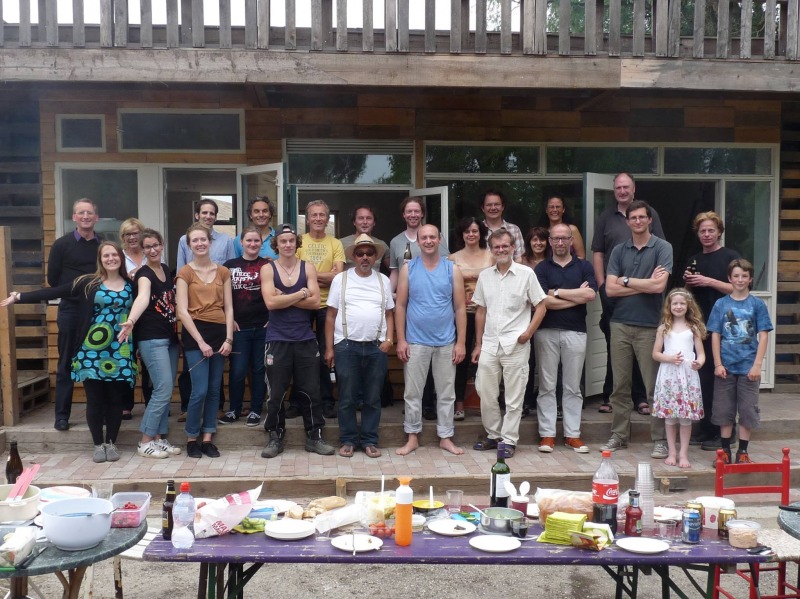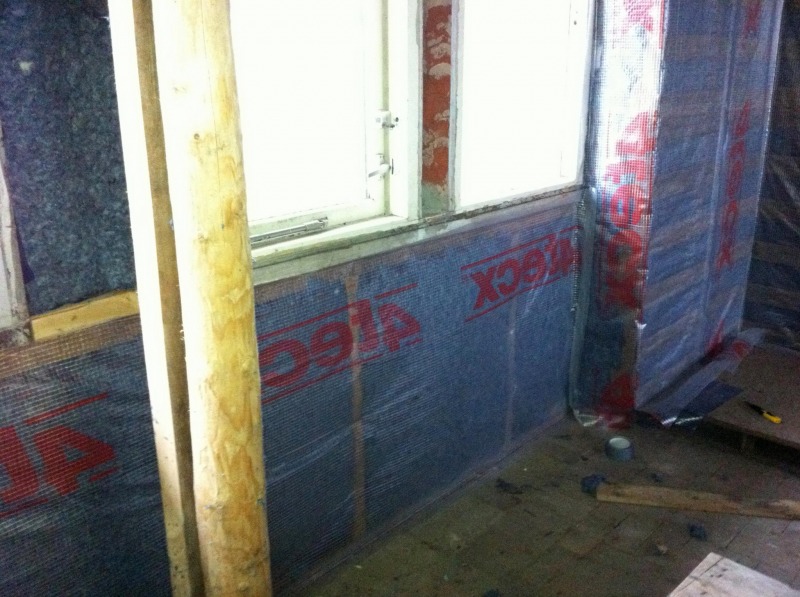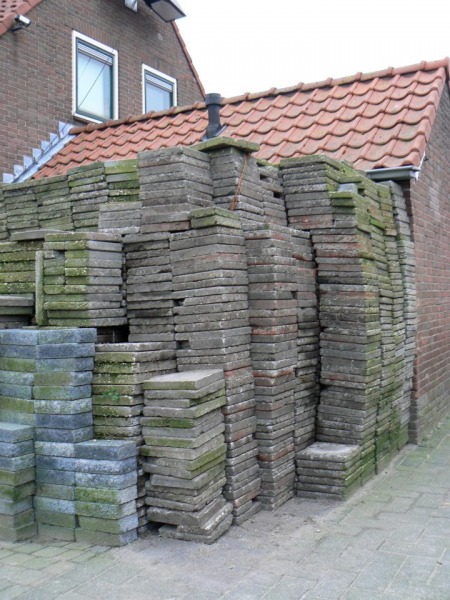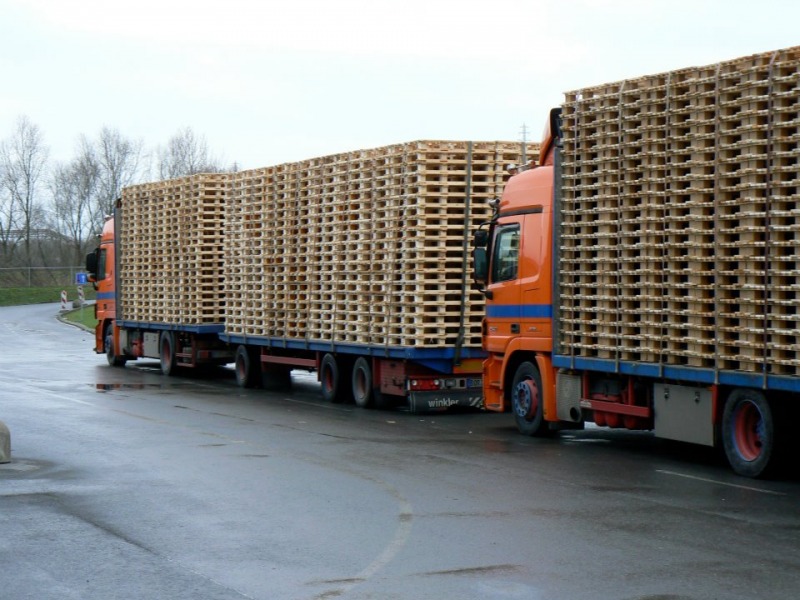image: Ralf van Tongeren | © all rights reserved
#GC2022 is accepting submissions - 25d 27h 05m 44s
The House of Plenty (in Dutch, Huis van overvloed) is a meeting and a co-working place constructed by a team of volunteers, professionals and entrepreneurs and built entirely out of reclaimed materials. Sourced from the street, or donated by individuals or corporations, these are materials normally considered as waste and destined to landfill.
The house is located in Nijmegen, near the river Waal. The local city council has leased the land free of charge for three years, and afterwards is planning to use the house to accommodate foreign guests.
The project aspired to reuse the abundant materials around us and to engage volunteers to share immaterial resources such as the time, experience and network. The result is more than just a building, but also shared knowledge, network and new social value for those who participated.
Collaboration has played an important role in the realization of the house:
Without any former building experience, the initiators managed to realize the building by collaborating with architect, constructors and builders who are part of the volunteers team of 170 people. Some donated materials; some offered their expertise; some offered workforce. Thanks to one of the neighbors who came with an excavator, the excavation of the foundation was done in 2 hours. The city council of Nijmegen has leased the land for free for 3 years and donated 8.000 pieces of pavement, which were leftover materials for a car park.
Now the house offers 32 working places free of charge. "The house is built by a group of people who shared their resources without expecting anything back. And we'd like to offer this place for free, only for those who would like to contribute, for example, by giving a lamp or by doing the dishes, and together we'll make this place prettier," said the initiators, "and it will be a place to grow social value; the place where social and sustainable ideas take place. This will facilitate a social network that share its time, energy, experience and expertise".

 some rights reserved
some rights reservedThe house is constructed of 600 oak pallets, donated by a German factory in Emmerik. Pallets are commonly reused in the Netherlands, but these pallets, originally from America, have been laying unused for 5 years due to their incompatible format. The director of the factory even came to bring these pallets.
The exterior wall has two layers of pallets, in between the isolation layer is composed of film and recycled texitile; the film is donated by a local building warehouse who wanted to get rid of its stock to make space for new collection.
For all the other materials needed, a wish list was posed on the blog. In this way, people could easily spread the word and thus materials were gradually collected during the building process. Besides donating materials and workforce, money was also donated who "has nothing to donate, besides money". This cash donation went directly to purchase the flooring.
By using passive energy technology, the structure will be self-sufficient. Solar panels and mirrors to bounce back extra light are all part of this hands-on and collaborative building experiment.

 some rights reserved
some rights reserved
 some rights reserved
some rights reserved
 some rights reserved
some rights reserved
 some rights reserved
some rights reserved